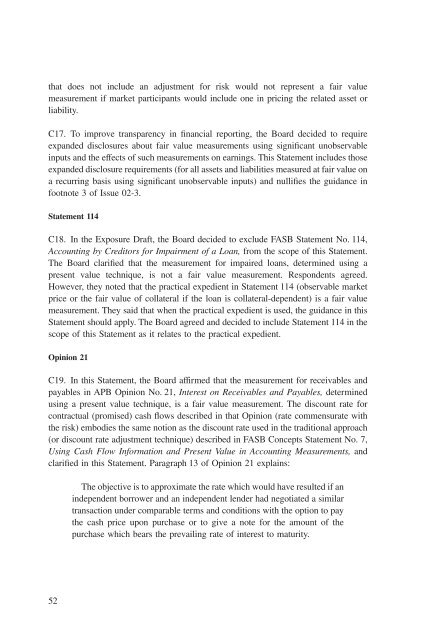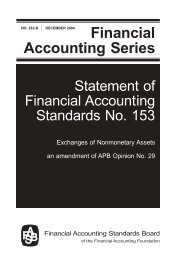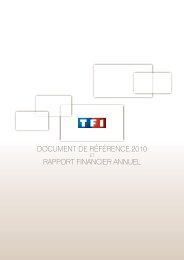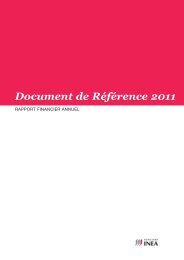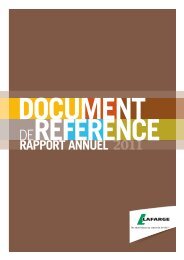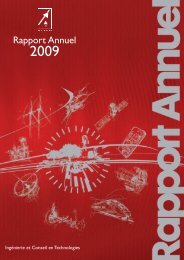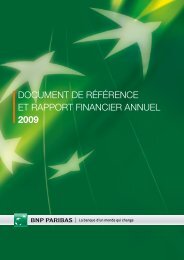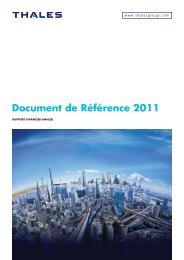Statement of Financial Accounting Standards No. 157 - Paper Audit ...
Statement of Financial Accounting Standards No. 157 - Paper Audit ...
Statement of Financial Accounting Standards No. 157 - Paper Audit ...
You also want an ePaper? Increase the reach of your titles
YUMPU automatically turns print PDFs into web optimized ePapers that Google loves.
that does not include an adjustment for risk would not represent a fair value<br />
measurement if market participants would include one in pricing the related asset or<br />
liability.<br />
C17. To improve transparency in financial reporting, the Board decided to require<br />
expanded disclosures about fair value measurements using significant unobservable<br />
inputs and the effects <strong>of</strong> such measurements on earnings. This <strong>Statement</strong> includes those<br />
expanded disclosure requirements (for all assets and liabilities measured at fair value on<br />
a recurring basis using significant unobservable inputs) and nullifies the guidance in<br />
footnote 3 <strong>of</strong> Issue 02-3.<br />
<strong>Statement</strong> 114<br />
C18. In the Exposure Draft, the Board decided to exclude FASB <strong>Statement</strong> <strong>No</strong>. 114,<br />
<strong>Accounting</strong> by Creditors for Impairment <strong>of</strong> a Loan, from the scope <strong>of</strong> this <strong>Statement</strong>.<br />
The Board clarified that the measurement for impaired loans, determined using a<br />
present value technique, is not a fair value measurement. Respondents agreed.<br />
However, they noted that the practical expedient in <strong>Statement</strong> 114 (observable market<br />
price or the fair value <strong>of</strong> collateral if the loan is collateral-dependent) is a fair value<br />
measurement. They said that when the practical expedient is used, the guidance in this<br />
<strong>Statement</strong> should apply. The Board agreed and decided to include <strong>Statement</strong> 114 in the<br />
scope <strong>of</strong> this <strong>Statement</strong> as it relates to the practical expedient.<br />
Opinion 21<br />
C19. In this <strong>Statement</strong>, the Board affirmed that the measurement for receivables and<br />
payables in APB Opinion <strong>No</strong>. 21, Interest on Receivables and Payables, determined<br />
using a present value technique, is a fair value measurement. The discount rate for<br />
contractual (promised) cash flows described in that Opinion (rate commensurate with<br />
the risk) embodies the same notion as the discount rate used in the traditional approach<br />
(or discount rate adjustment technique) described in FASB Concepts <strong>Statement</strong> <strong>No</strong>. 7,<br />
Using Cash Flow Information and Present Value in <strong>Accounting</strong> Measurements, and<br />
clarified in this <strong>Statement</strong>. Paragraph 13 <strong>of</strong> Opinion 21 explains:<br />
The objective is to approximate the rate which would have resulted if an<br />
independent borrower and an independent lender had negotiated a similar<br />
transaction under comparable terms and conditions with the option to pay<br />
the cash price upon purchase or to give a note for the amount <strong>of</strong> the<br />
purchase which bears the prevailing rate <strong>of</strong> interest to maturity.<br />
52


